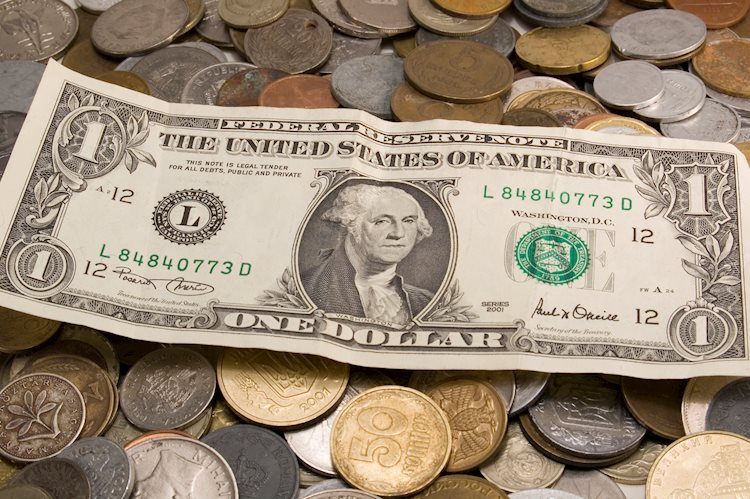The US Dollar Index (DXY) experienced a retreat on Thursday due to profit-taking after a strong week marked by impressive gains. This pullback followed the release of mixed US economic data, despite the positive signs from the flash US S&P PMI indicating solid business activity. The Greenback is expected to consolidate in the next session as market participants await further data.
The flash US S&P Global October Composite PMI showed promising results with a reading of 54.3, slightly exceeding expectations. Services expanded at 55.3, while manufacturing continued to contract for the third consecutive month. Despite the overall improvement in the PMI, employment in the US experienced a slight decline for the third month in a row, reflecting uncertainty surrounding the upcoming presidential election. The CME Fedwatch Tool indicated a 90% probability of a 25-basis-point rate cut at the November 7 Federal Reserve meeting. Additionally, the US 10-year benchmark remained below its recent peak near 4.20%.
The DXY index surged above its 200-day SMA but faced resistance as buying momentum diminished, signaling potential overextension. The index is expected to undergo sideways consolidation to alleviate overbought conditions, as indicated by the Relative Strength Index (RSI). Key support levels for the DXY include 104.50, 104.30, and 104.00, while resistance levels lie at 104.70, 104.90, and 105.00.
The US Dollar (USD) is the official currency of the United States and is widely used in many other countries alongside local currencies. It is the most heavily traded currency globally, accounting for over 88% of all foreign exchange turnover. The USD became the world’s reserve currency following World War II when it replaced the British Pound. The value of the US Dollar is largely influenced by monetary policy set by the Federal Reserve (Fed), which aims to achieve price stability and full employment through interest rate adjustments. Inflation levels and unemployment rates play a significant role in shaping the USD value, with the Fed using interest rate changes to control these factors. In times of economic crisis, the Fed may resort to measures like quantitative easing (QE) or quantitative tightening (QT) to stimulate or restrict credit flow, respectively.
In conclusion, the US Dollar fell on profit-taking after a strong week, with the flash US PMI signaling robust business activity in October. The possibility of two more Fed rate cuts in 2024 remains on the table, pending further data validation. The DXY index faces resistance and is poised for consolidation, with key support and resistance levels identified. The USD’s value is influenced by monetary policy decisions, with the Federal Reserve using interest rates to achieve price stability and full employment. Additional measures like QE and QT may be employed in extreme situations to impact the USD value positively or negatively.











